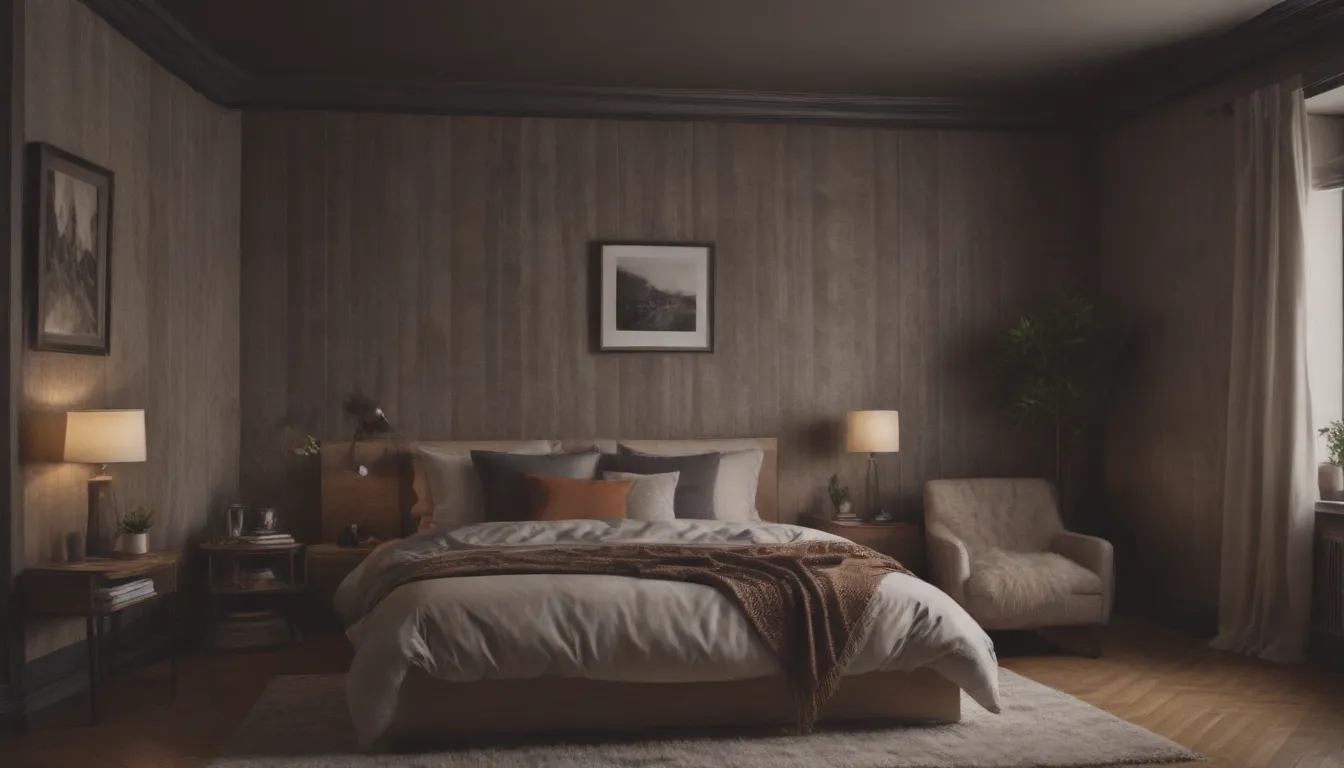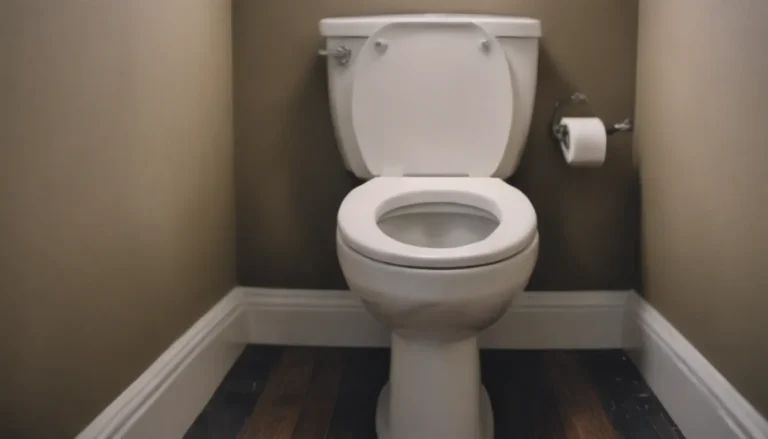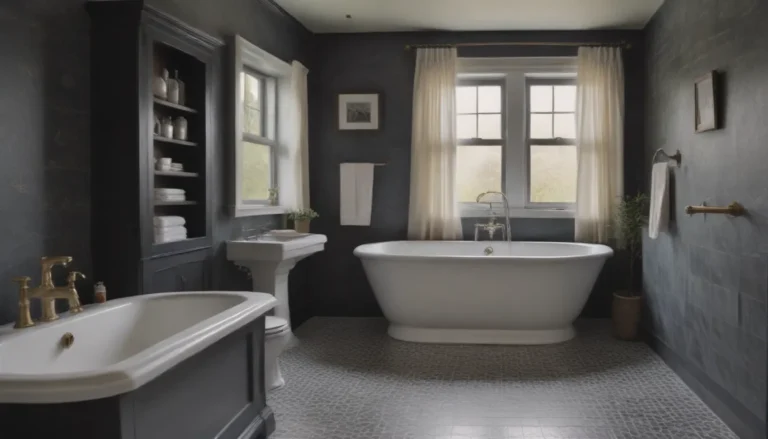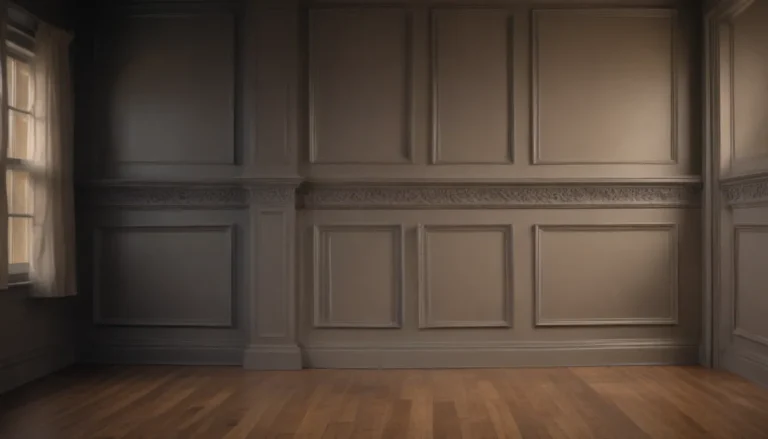Soundproofing Your Room: The Ultimate Guide

Are you tired of hearing every noise from your noisy neighbors or the busy street outside your window? Soundproofing your room or apartment can be the solution to creating a peaceful and quiet environment. Whether you live in a bustling city or a noisy neighborhood, knowing how to soundproof your space affordably and effectively is essential.
In this comprehensive guide, we will explore various methods and materials for soundproofing walls, doors, windows, floors, and ceilings. From simple home decor items to specialty soundproofing materials, we will cover everything you need to know to transform your living space into a serene sanctuary.
How to Soundproof Walls and Rooms
When it comes to soundproofing walls and rooms, there are several options available, ranging from simple home decor items to specialized soundproofing materials. Here are some effective ways to soundproof your walls:
- Home Decor Items: Incorporating everyday furniture pieces like bookcases, cabinets, and pillows can help reduce noise transmission between rooms.
- Specialty Soundproofing Materials: Consider using materials such as mass-loaded vinyl (MLV), acoustic panels, acoustic foam, conventional drywall, or soundproofing drywall to enhance sound insulation.
What Is Noise Reduction Coefficient (NRC)?
Before delving into soundproofing techniques, it’s essential to understand the concept of Noise Reduction Coefficient (NRC). NRC is a rating that measures a material’s ability to absorb sound, ranging from 0 (absorbs no sound) to 1.0 (absorbs all sound). This rating can help you choose the most effective soundproofing materials for your space.
How to Soundproof Doors
The next area to focus on is soundproofing your doors to minimize noise infiltration. Here are some effective methods for soundproofing doors:
- Weatherproofing: Seal gaps around the door with weatherstripping to prevent sound from seeping through.
- Draft Stoppers and Door Sweeps: Install draft stoppers or door sweeps to seal the crack under the door effectively.
- Door Curtains: Consider using soundproof curtains to add an extra layer of insulation to your door.
How to Soundproof Windows
Windows are often a major source of outdoor noise infiltration. Here are some ways to soundproof your windows effectively:
- Window Inserts: Add clear window inserts to block outside noise while maintaining natural light.
- Soundproof Curtains: Install soundproof curtains to absorb sound and enhance insulation.
- Weatherstripping: Use weatherstripping or caulk to seal gaps around windows and prevent noise leakage.
How to Soundproof Floors
To minimize impact noise and airborne sound transmission through floors, consider the following soundproofing solutions:
- Soft Floor Coverings: Use area rugs, runners, pads, or flooring underlayment to reduce foot traffic noise and absorb sound.
- Carpeting: Installing carpets with sound-absorbing underlay can significantly improve sound insulation in your room.
How to Soundproof a Ceiling
When it comes to soundproofing the ceiling, explore these options for effective noise reduction:
- Ceiling Fabric: Install ceiling fabric to absorb sound and reduce noise transmission.
- Ceiling Clouds: Consider using ceiling clouds, suspended panels that can enhance sound absorption and reduce reverberation.
While there are expensive soundproofing materials available, such as mass-loaded vinyl (MLV), there are also affordable alternatives to achieve effective sound insulation. Mass-loaded vinyl, for example, is a thin yet durable material that offers sound transmission class (STC) ratings ranging from 10 to 36, making it a cost-effective option for soundproofing.
In your soundproofing efforts, it’s crucial to address gaps and cracks in walls, doors, and windows, as sound can easily travel through these openings. By using weatherstripping, door sweeps, and sealing materials, you can effectively block sound infiltration and create a more serene environment.
Key Takeaways
- Soundproofing your room or apartment can significantly improve your quality of life by reducing noise pollution and creating a peaceful environment.
- From home decor items like bookcases and furniture to specialized soundproofing materials like acoustic panels and mass-loaded vinyl, there are various options available to soundproof your space.
- Understanding the Noise Reduction Coefficient (NRC) can help you choose the most effective soundproofing materials for your specific needs.
- Addressing gaps and cracks in walls, doors, and windows is essential for maximizing the effectiveness of your soundproofing efforts.
- Consider combining multiple soundproofing techniques and materials to achieve optimal noise reduction in your living space.
In conclusion, soundproofing your room doesn’t have to be complicated or expensive. By implementing the right techniques and materials, you can create a peaceful and quiet oasis within your home. So, say goodbye to unwanted noise and hello to tranquility with these soundproofing tips and tricks!





